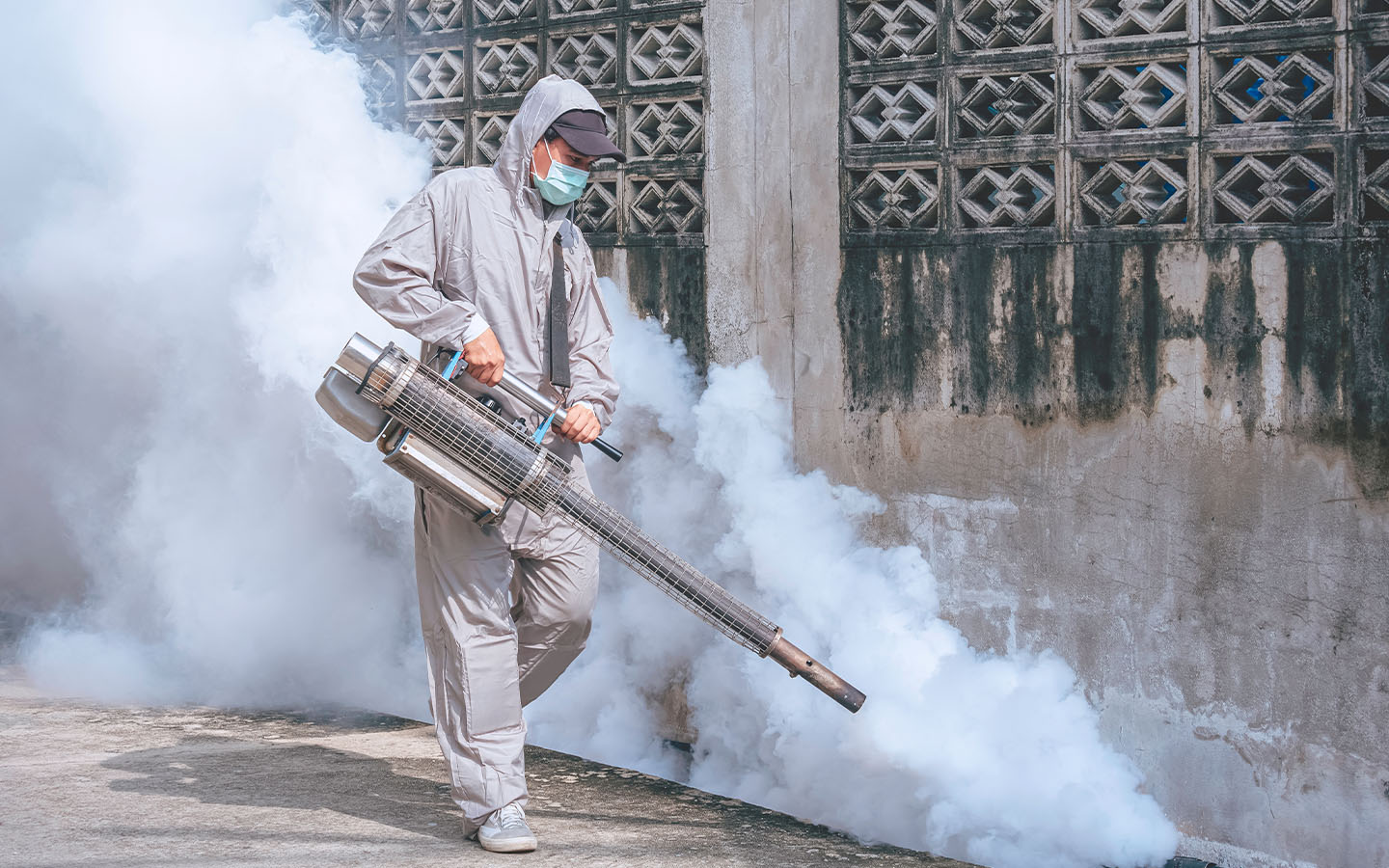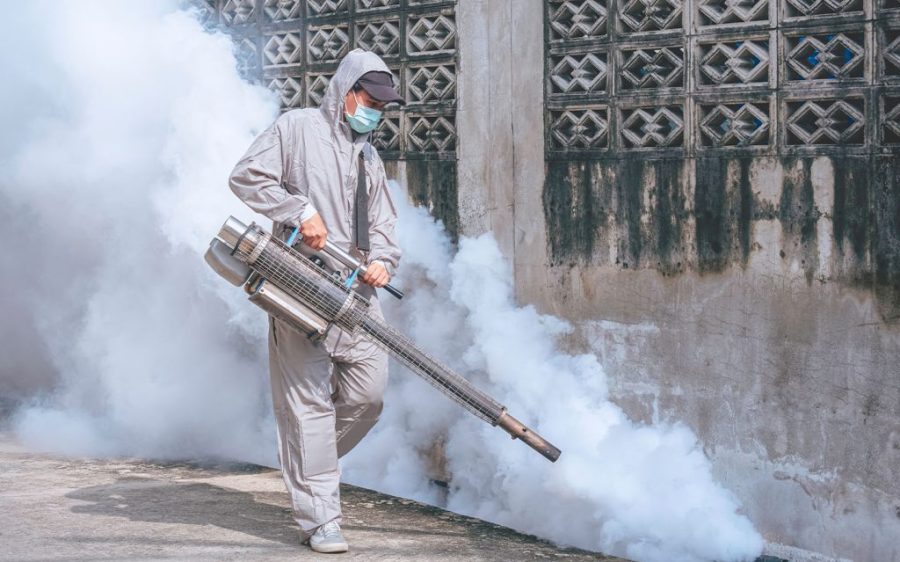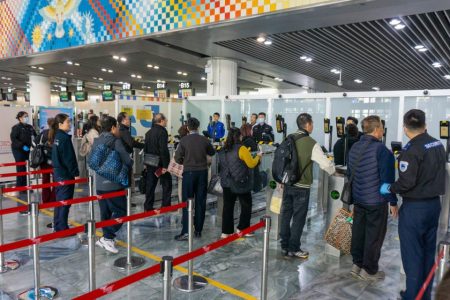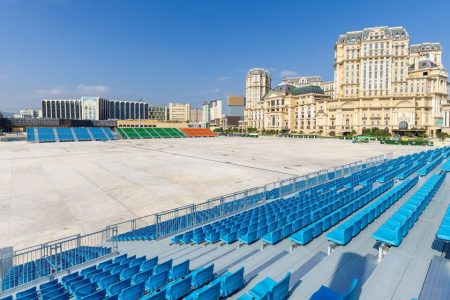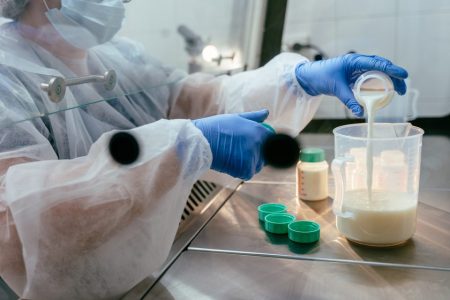Macao reported its second imported case of chikungunya fever for 2025 yesterday, stoking fears that there could be a local outbreak of the virus, which is transmitted to humans by infected mosquitoes.
In a statement, the Health Bureau announced that the second case involved a 33-year old female visitor who lived in Foshan’s Nanhai District. The patient arrived in Macao on Monday and sought medical attention at Kiang Wu Hospital on the same day after experiencing symptoms typical of chikungunya, including a fever and rash.
The following day, tests conducted by the Health Bureau’s Public Health Laboratory confirmed that the woman had contracted the disease, which shares similar traits to dengue fever. According to the World Health Organisation (WHO), both infections are spread by the Aedes aegypti and Aedes albopictus mosquitoes, resulting in comparable symptoms such as muscle pain, headache, fatigue and joint swelling.
The 33-year old is currently in a stable condition and those who live with her or accompanied her have not shown any signs of illness.
Last Friday, Macao recorded its first imported case of chikungunya fever of the year, which involved a 61-year old local male who resided in Edificio Cheng I on Avenida do Conselheiro Borja.
The man had visited family in Foshan’s Shunde District between 8 and 17 July and came down with a fever on the morning of 17 July, experiencing a headache, as well as sore muscles and joints.
A test conducted by the Health Bureau on 18 July confirmed that the man had contracted chikungunya fever. His condition is stable and none of the individuals who live with the man have showed any signs of being unwell.
[See more: As chikungunya fever spreads in Shunde, Macao’s Health Bureau advises caution]
In response to the recent spate of infectious disease cases, which includes a third imported case of malaria on Monday and two dengue fever cases on 5 and 9 July, the Health Bureau has been implementing preventive measures in areas frequented by the infected. These include 7,400 rounds of mosquito monitoring and 1,220 mosquito chemical control sessions during the first half of this year.
The efforts are showing signs of effectiveness, as the Health Bureau told reporters during a press conference yesterday that June’s oviposition trap index – an indicator for the mosquito population in Macao – reached 62.2 percent, down by around 10 percent year-on-year.
Despite this, Macao’s top infectious disease expert, Leong Iek Hou, said yesterday that there was a “high risk” of chikungunya and dengue fever emerging in Macao. Leong explained that this was due to various factors, including the increase in inbound and outbound trips during the summer holidays, the standing water from the recent typhoon, which encourages mosquito breeding, and the recent spike in regional cases.
With respect to the latter, neighbouring Shunde has become a hotspot for the chikungunya, with local health authorities reporting yesterday 2,471 confirmed cases of the virus as of 21 July. Most cases were concentrated around the towns of Lecong, Beijiao and Chencun.
Chikungunya is also proving to be a global issue, as Dr. Diana Rojas Alvarez of the WHO noted yesterday that the disease “has been detected and transmitted in 119 countries,” with “about 5.6 billion people [living] in areas at risk [of] chikungunya and other [mosquito-borne] viruses.”
